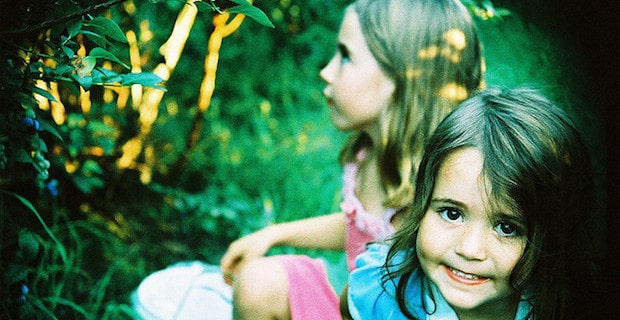
Teaching children to care for the environment is an important parental responsibility that is crucial for their future. But sometimes helping the planet can feel overwhelming for small shoulders. Remember to encourage young children to take one step at a time when going green. The little things they can do really make a big difference.
Many solutions to our environmental problems are very simple. There are many ways to care for the environment – from reusing common household items to putting paper and plastic in the recycle box. Encourage children to do one small thing, and then add another and another . Before you know it, those little steps add up to a lot more green. Also consider your children’s ages and how much responsibility they can handle. Above all, make it a fun family affair. Children learn best when they are happy and can model our behavior.
Read more about teaching kids to eat seasonally
Here are 10 ways to encourage children to go green:
The power switch: One simple way we can conserve the earth’s resources is by not using more electricity than we need. Teach children to turn off lights when they leave a room and turn off the TV if they are not watching it.
Pull the plug: Even when electronics and appliances are turned off, they still consume energy if plugged in the electrical outlet. Conserve energy by teaching older children to unplug their game systems, computers, chargers, or audio equipment. Little ones can participate too by becoming the family “plug police” and inform grownups of any unused household equipment that is plugged into an electrical outlet.
Tighten up: Encourage children to check water taps in the house to make sure they are tightened and inform a grownup if any faucets leak. A drop-per-second leak wastes about 2,400 gallons of water a year.
Turn off the tap: Water should not be running while children brush their teeth. Teach children to turn off the tap and reduce shower time to conserve energy.
Collect rainwater: Water can be recycled too! Children often enjoy collecting rainwater. The next time it rains, place a pail or container outside and put a heavy rock or brick inside to prevent it from tipping over. When the rain is done, they will have a fresh supply of water to feed household plants.
Use community resources: Libraries carry more than books. Selection of CDs, audio tapes and DVDs are also available. Some communities have toy lending libraries. Learn about community resources and encourage children to find items that are new to them instead of purchasing new things.
Pass it on: Clothes, toys and other household items that are no longer used can be donated to organizations instead of thrown into the trash. Pick through items with your children and find a local organization that will benefit from your donation. Children feel good knowing they are helping their community.
Litter free lunch challenge: Packaging our children’s lunches can create a lot of waste. Most disposable items can be replaced by reusable ones. Involve your children in finding creative ways to pack a healthy lunch that leaves no trash behind. Try inexpensive stainless steel cutlery instead of plastic, cloth napkins rather than paper, or thermoses, reusable glass, and plastic containers instead of disposable plastic or paper.
Reuse or recycle: Teaching children to place recyclable items in the recycle bin is an important way to help the environment. Finding creative ways to reuse household items is another. Make it a fun challenge for the entire family. Be creative and you’ll be surprised how easily an empty cereal box can be transformed into a letter holder, or how quickly an empty shoebox can turn into a storage container for photos and artwork. The possibilities are endless! You’ll be reducing waste and having a fun time with the children’s new ideas.
Bike or Walk: Going somewhere doesn’t always mean having to use a car. Encourage your children to walk or ride their bikes for short trips. For younger children, grab your running shoes and walk or bike with them. In addition to reducing pollution, the entire family will benefit from some exercise.
Fostering a love for planet Earth, and teaching children the behavior needed to preserve its beauty, can be achieved when simple solutions are implemented. Fortunately, children are often eager and enthusiastic to lend a helping hand. With guidance, children will grow up to become stewards of the environment so their world will be a cleaner and safer place to live in.
Image: Caselet




